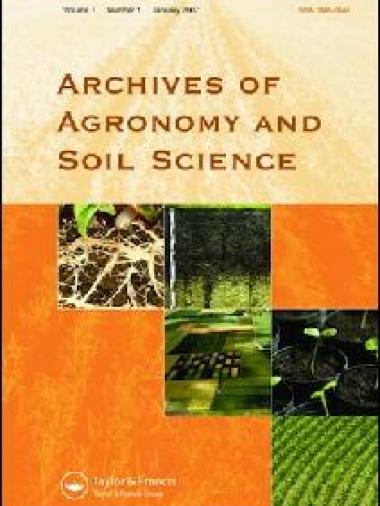The effects of catena positions on greenhouse gas emissions along a seasonal wetland (dambo) transect in tropical Zimbabwe

Wetlands are major natural sources of greenhouse gases (GHGs). In central and southern Africa, one of the most extensive wetlands are dambos (seasonal wetlands) which occupy 20–25% of land area. However, there are very little data on GHG methane (CH4), carbon dioxide (CO2) and nitrous oxide (N2O) emissions from dambos, and this study presents the first estimates from dambos in Zimbabwe. The objective was to evaluate the effects of catena positions; upland, dambo mid-slope and dambo bottom, on GHG emissions along an undisturbed dambo transect. Methane emissions were −0.3, 29.5 and −1.3 mg m−2 hr−1, N2O emission were 40.1, 3.9 and 5.5 µg m2 hr−1, while CO2 emissions were 2648.9, 896.2 and 590.1 mg m−2 hr−1 for upland, mid-slope and bottom catena, respectively. Our results showed that uplands were important sources of N2O and CO2, and a sink for CH4, while the dambo mid-slope position was a major source of CH4, but a weak source of CO2 and N2O. Dambo bottom catena was weak source GHGs. Overall, dambos were major sources of CH4 and weak sources of N2O and CO2.We concluded that, depending on catenal position, dambos can be major or minor sources of GHGs.
Citation
Nyamadzawo G, Wuta M, Nyamangara J,Rees R, Smith J. 2014. The effects of catena positions on greenhouse gas emissions along a seasonal wetland (dambo) transect in tropical Zimbabwe. Archives of Agronomy and Soil Science 61: 203-221.